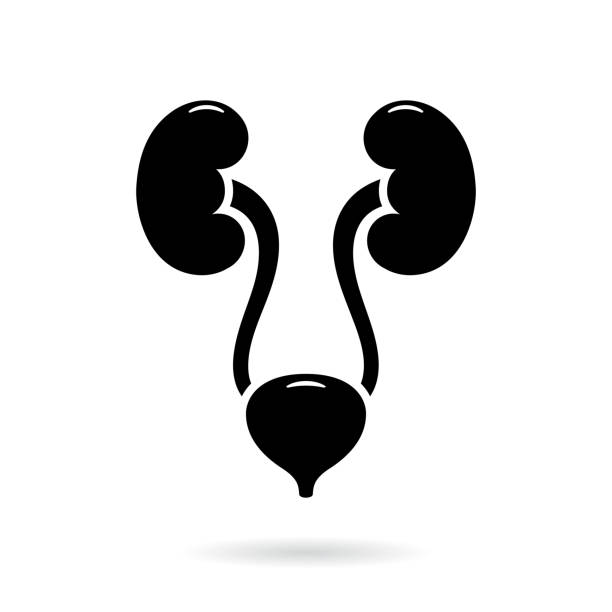+918042755642

This is your website preview.
Currently it only shows your basic business info. Start adding relevant business details such as description, images and products or services to gain your customers attention by using Boost 360 android app / iOS App / web portal.
Description
Dialysis is a medical treatment used to remove waste, excess fluids, and toxins from the blood when the kidneys are no longer able to perform these functions on their own. It’s often used for patients with kidney failure (also called end-stage renal disease, or ESRD). There are two main types of dialysis: Hemodialysis Peritoneal dialysis 1. Hemodialysis Hemodialysis is the more common form of dialysis and involves circulating the patient’s blood outside their body through a machine called a dialyzer (or artificial kidney) to filter out waste products and excess fluids. After the blood is cleaned, it is returned to the body. How Hemodialysis Works: Vascular Access: A needle is inserted into a blood vessel, typically in the arm, to create access to the bloodstream. For long-term hemodialysis, a fistula (a surgically created connection between an artery and vein) or a graft (a tube that connects an artery and vein) is typically used. Dialysis Machine: Blood is pumped from the body into the machine, where it passes through a semipermeable membrane (the dialyzer). The dialyzer allows waste products, extra fluids, and toxins to pass from the blood into the dialysis fluid (called dialysate), while keeping important substances (like red blood cells and proteins) in the blood. Blood Return: After the filtration process, the cleaned blood is returned to the patient’s body. Dialysis Process: A typical session lasts about 3-5 hours. Frequency: Most patients undergo hemodialysis three times a week. Time: The exact frequency and length of each dialysis session depend on the patient’s health status and specific needs. Indications for Hemodialysis: End-stage renal disease (ESRD) or chronic kidney disease (CKD) when the kidneys can no longer adequately filter waste and fluids from the blood. Severe cases of acute kidney failure (AKI) where the kidneys suddenly stop working. Patients with fluid overload, electrolyte imbalances (such as hyperkalemia), or life-threatening toxins that need rapid removal. Complications/Side Effects: Low blood pressure (hypotension) due to rapid removal of fluid. Muscle cramps during dialysis. Infections at the vascular access site (like infection of the fistula or catheter). Anemia due to reduced erythropoietin production (which stimulates red blood cell production). Blood clots or narrowing of the access site. Hemodialysis Access Sites: Arteriovenous fistula (AVF): A surgical connection made between an artery and vein, typically in the arm. It’s the most preferred access point, providing the best long-term patency and the lowest risk of infection. Arteriovenous graft (AVG): A synthetic tube that connects an artery and vein, used when a fistula cannot be created. Dialysis catheter: A temporary or long-term catheter placed in a large vein, often used for immediate access or when other options are unavailable. 2. Peritoneal Dialysis (PD) Peritoneal dialysis is an alternative to hemodialysis, where the patient’s peritoneal cavity (the space inside the abdomen) is used as the filtering mechanism. How Peritoneal Dialysis Works: A catheter is surgically inserted into the patient’s abdomen. Dialysate (a special fluid) is introduced into the peritoneal cavity through the catheter. Waste products and excess fluid from the blood pass into the dialysate through the peritoneum (the membrane that lines the abdominal cavity). After a set time, the used dialysate is drained out and replaced with fresh fluid. Types of Peritoneal Dialysis: Continuous Ambulatory Peritoneal Dialysis (CAPD): The patient manually exchanges the dialysate several times a day, typically four times. Automated Peritoneal Dialysis (APD): An automatic machine performs the dialysate exchange, usually overnight while the patient sleeps. Key Differences Between Hemodialysis and Peritoneal Dialysis: Hemodialysis involves an external machine to filter the blood, while peritoneal dialysis uses the body’s peritoneal membrane as the filter. Hemodialysis typically requires a hospital or clinic setting, while peritoneal dialysis can be done at home. Hemodialysis often requires more frequent visits (usually three times a week), while peritoneal dialysis may be done more frequently and independently by the patient. 3. Dialysis vs Kidney Transplant While dialysis is a lifesaving treatment for those with kidney failure, a kidney transplant (when a patient receives a new kidney) is considered the best long-term solution if the patient is a good candidate. Kidney transplants generally offer a better quality of life and eliminate the need for dialysis. However, not all patients are eligible for a transplant, and there may be a long wait time for a donor kidney. Conclusion Dialysis, particularly hemodialysis, is a crucial treatment option for patients with advanced kidney disease or acute kidney failure. While it can be life-saving, it requires careful management, access to care, and regular monitoring to ensure its effectiveness and minimize complications. Would you like more detailed information on any specific aspect of dialysis or how it’s managed for a particular condition?

